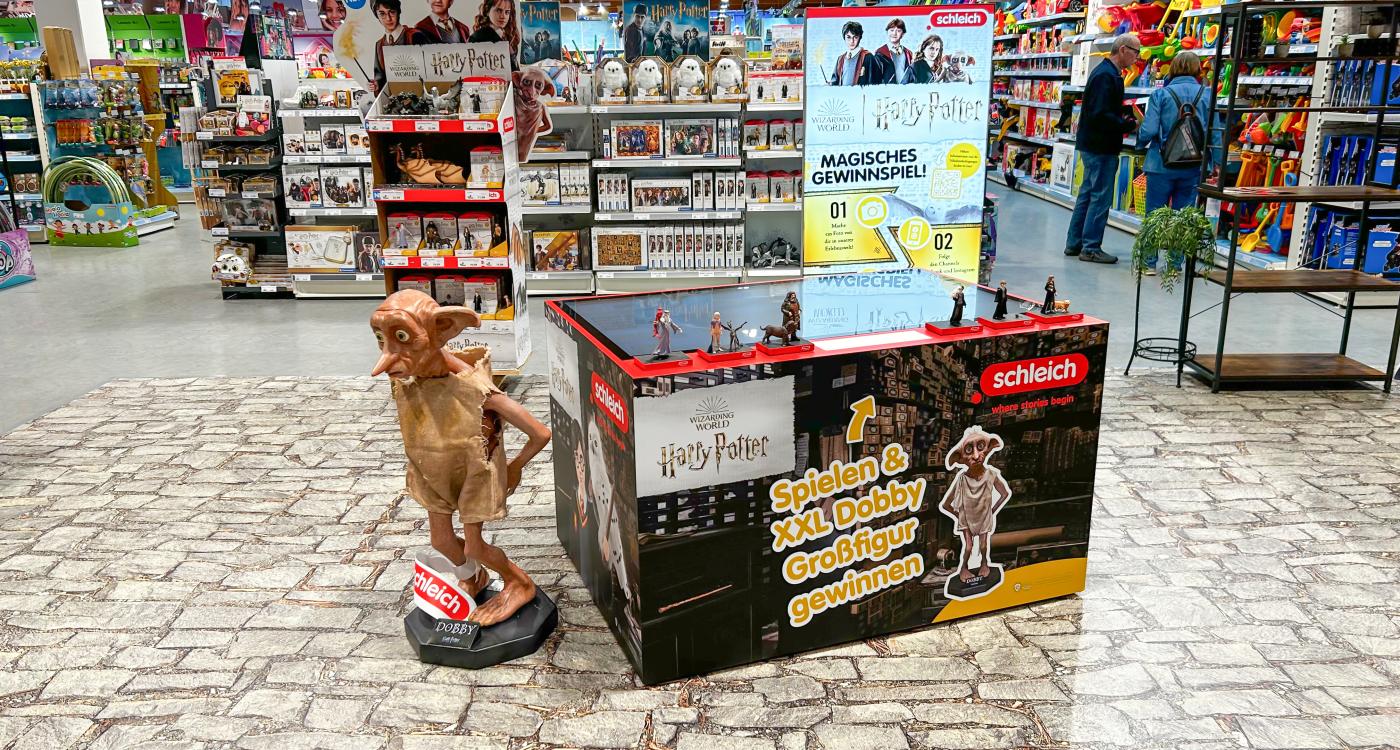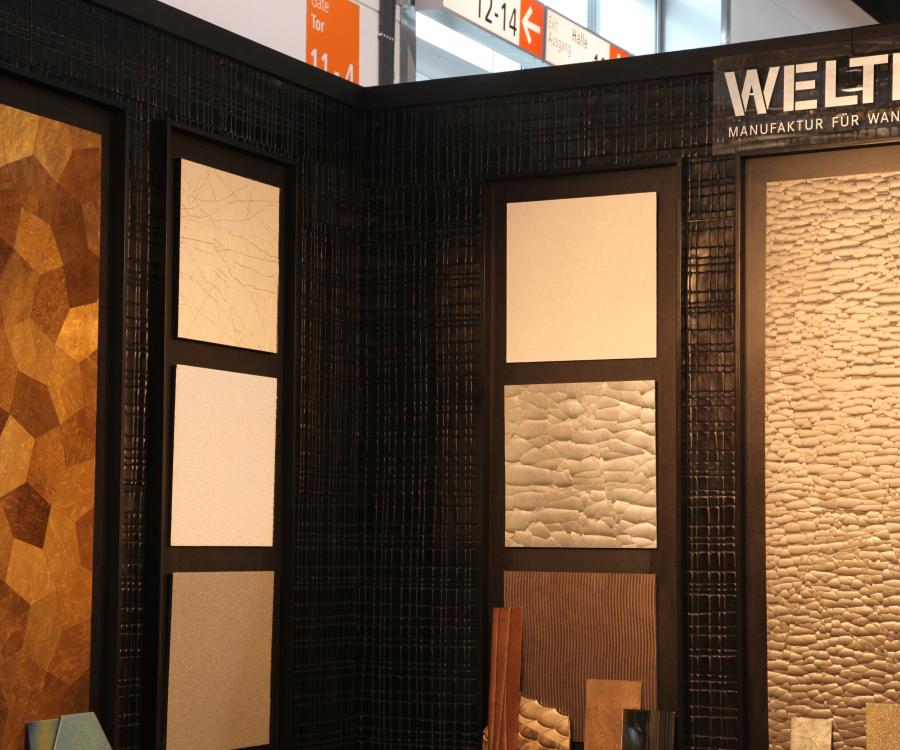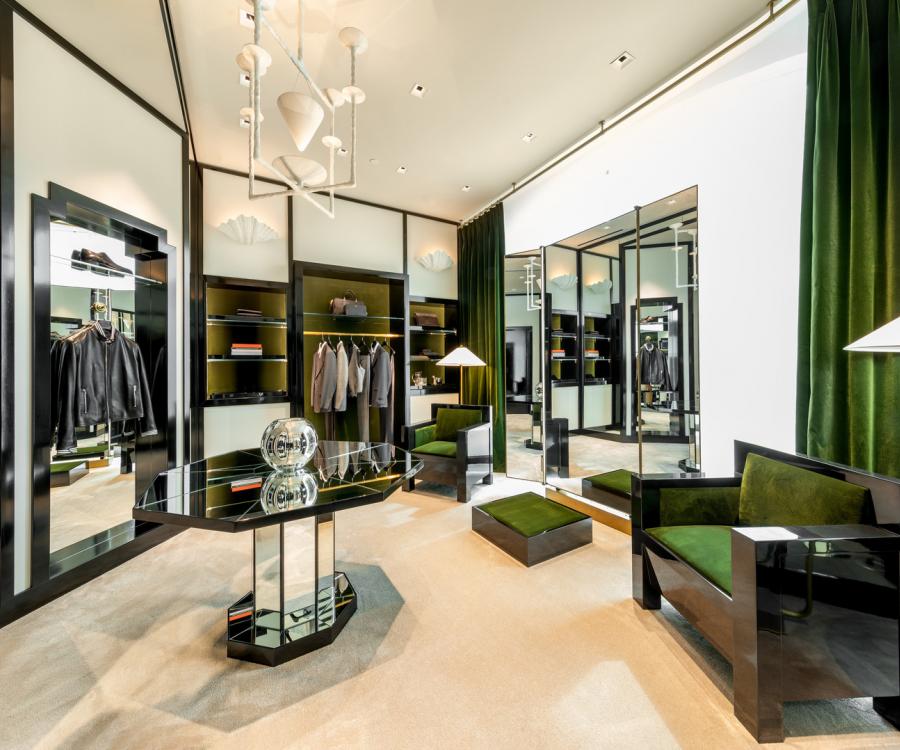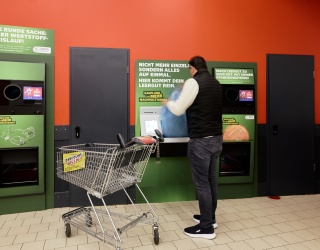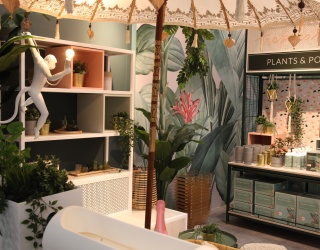When brands rely on shop-in-shops, the rule is to fit as much as possible into as little space as possible. But what should you pay particular attention to in the design and product presentation? The German toy manufacturer Schleich has been using such solutions for years and has tips for industry colleagues.

Shop-in-shop areas are known to not offer much space. What advice do you have for others who want to sell in this space? Do you have any tips for small details that make a big impact?
Kai Flad: The most important tip for a shop-in-shop solution is a modular furniture system. These spaces are always individual - sometimes you have two square meters, sometimes 200. You should always be able to adapt the furniture system, regardless of whether you have a wall solution or an open space in an L-shape, rectangular or round. It is important that the system is quick to set up and flexible. It is also important that the units can be used from both sides if necessary. Many retailers also have certain specifications when it comes to height or width; as a brand, you should remain variable with the presentations.
What is the best way to ensure that the products are seen by customers?
That would be my second tip: pay attention to the right light. We have improved our lighting to make our products more visible. We used to only have back wall lighting, but now we illuminate the products from the front. This not only looks better, but also ensures that the products stand out better. The placement of the shelves is also important - we make sure that the products are presented at the customer's eye level.
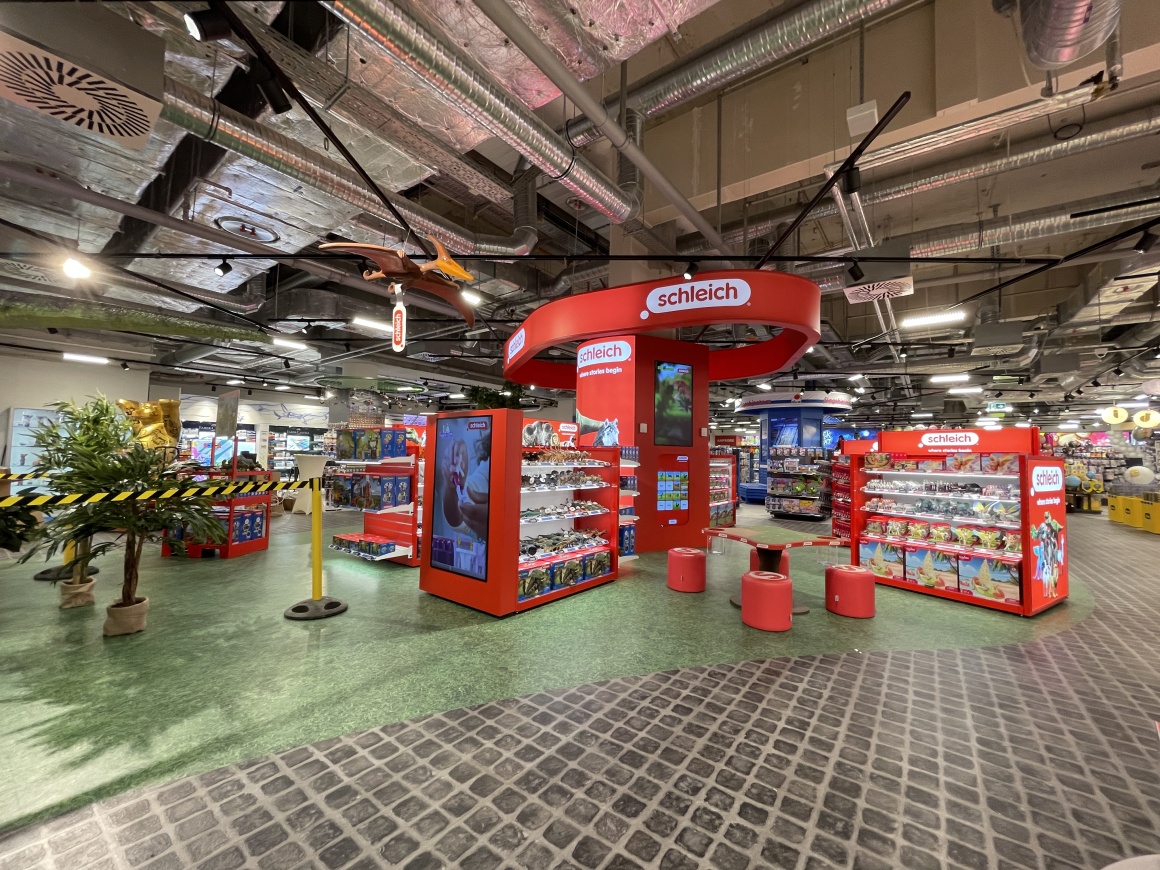
Interested in more insights from the retail world? All previous episodes of "Retail o-Tones" are available to listen to on-demand!
Modular also speaks for reusability. What role does sustainability play in such systems?
Of course, this is now a major issue in many respects. Sustainability is very important to us. We make sure that our furniture systems are durable and reusable. When we dismantle systems, we try to reuse them elsewhere instead of disposing of them. This not only saves costs, but also protects the environment. Industry colleagues should also always keep this in mind.
In the “Retail o-Tones” podcast, you gave us exclusive insights into point-of-sale activation at Schleich. Screens play an important role here. What is a no-go for you when it comes to digital media at the POS?
For me, it's an absolute no-go if customers are overloaded with too much information. Too many messages and claims can be confusing. It is important to have a clear structure and to present the information in a targeted and clear manner. Care should also be taken to ensure that the information distributed via different channels is consistent and easily accessible.

